18 Stories About Exes That Are Hard to Erase From Memory

Imagine a being so powerful, it can suck in entire galaxies, so mysterious, it’s invisible to the naked eye, and so impressive, it bends the very fabric of space and time to its will. Yes, meet my mother. Just kidding. Actually, meet the ultimate superhero of the universe — the black hole star! What is it and how does it work? Let’s find out. The universe is full of marvels, and the black hole star is one of the most impressive ones. It’s a supermassive force that can bend the laws of physics, and a true enigma for scientists to unravel. No wonder science fiction writers find them so captivating!
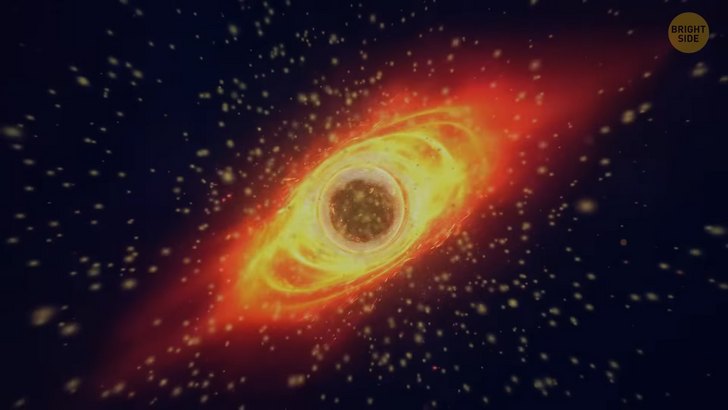
A black hole star, also known as a “quasi-star”, is a hypothetical type of extremely massive and luminous star that may have existed early in the history of the universe. They’re predicted to be as luminous as a small galaxy... But unlike modern stars, they weren’t powered by nuclear fusion in their cores.
A quasi-star’s energy would come from material falling into a BLACK HOLE at its core. And yes! Just like a normal black hole, these stars have the power to suck in anything and everything that gets too close, including stars, dust, and even entire galaxies! But how is it possible that the star is born from a black hole? And what’s more, how do they continue to coexist together? Well, first let’s discuss how black holes are born in general. It all starts with a supermassive star, one that is at least a few times more massive than our own Sun. This giant of a star burns bright and hot, shining with the light of a million suns. But eventually, it runs out of fuel and its fate is sealed. As its lifespan comes to an end, it makes one final, MASSIVE “boom”. A blast so powerful it can outshine an entire galaxy. This blast is called “supernovae”.
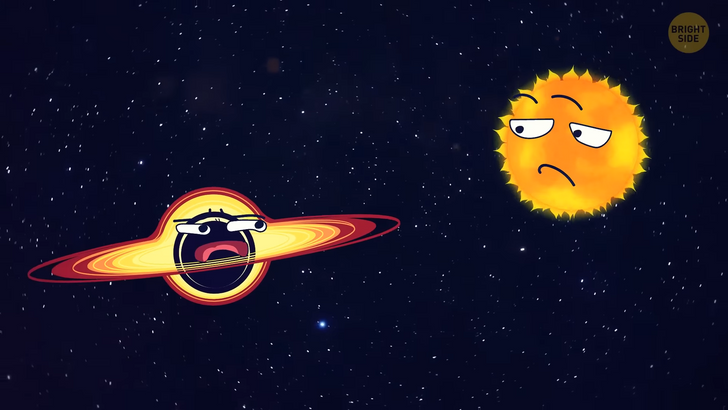
During this “boom”, the outer layers of the star fly away, while the core gets squished together by its own gravity. If the squished core is heavy enough, it can keep squishing until it becomes a black hole. And just like that, a black hole is born! Don’t even try to put diapers on this thing. Now this cosmic monster baby can continue to grow by swallowing up anything that gets too close, including stars, dust, and even entire galaxies.
This is basically what’s happening now in our universe with supermassive stars. But what about quasi-stars? The formation of a quasi-star could only happen early in the development of the universe, before hydrogen and helium were contaminated by heavier elements. And because of that, quasi-stars have one important feature. They are GIGANTIC, so enormous that it’s literally impossible to imagine. They may have been dwarfing even the largest known modern stars like VY Canis Majoris and Stephenson 2-18.
No wonder they’re so scary! They were born from protostars — one of the first stars in the universe, the great-great-grandfathers of... you know — everything! So now imagine a protostar so massive that its core collapses into a black hole, just like we described before... But! The key difference is that in a regular supernovae, the outer layers of the star are blown away by the energy released during the “boom”.
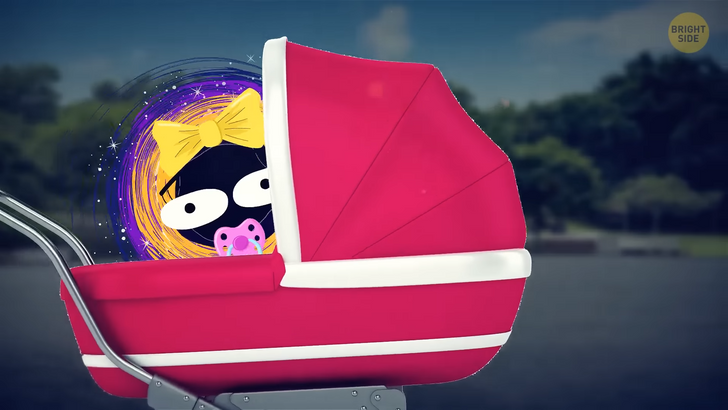
Meanwhile in a quasi-star, these outer layers are massive enough to absorb the energy without being blown away. What do we get in the end? A star with a black hole in its core that weighs from 1,000 to 10,000 solar masses! This quasi-star is about 14,000 times bigger than our Sun, which makes them bigger than any star we know today. These celestial titans have some pretty crazy properties.
Once a black hole is formed at the center of a giant protostar, it starts to give off a ton of energy. This energy helps to balance out the force of gravity, making it kind of like a giant fusion-based star. They would be so bright, that each one would look like a small galaxy! Quasi-stars would have a pretty short life span, around 7 million years. (Just for comparison, our Sun is about 4.5 BILLION years old — and it’s only halfway through its lifetime!).
But either way, during this short period, the black hole at the center would grow to be about 1,000 — 10,000 times the size of our Sun! Quasi-stars are also thought to be super hot, with temperatures reaching over 17,500°F. But as a quasi-star gets older, it starts to cool down, and its outer layers become see-through. Eventually, it cools down to a temperature of 6,740°F. And at that point, it’s curtains for the quasi-star. It can’t survive at that temperature. So it just dissipates, leaving behind an intermediate-mass black hole.
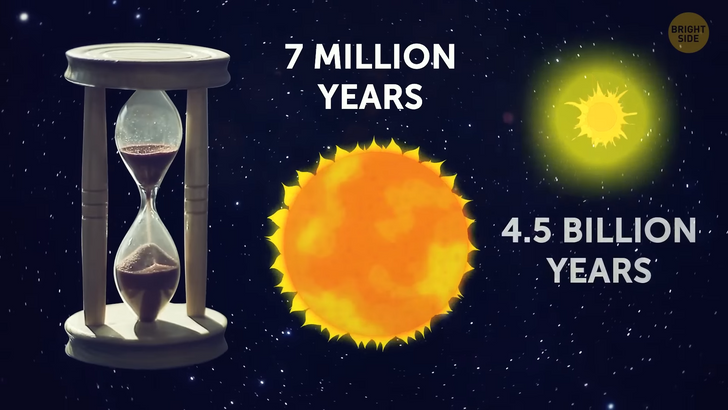
Unfortunately, right now, there’s no observational evidence for the existence of quasi-stars. This is because they are thought to have only existed a very, VERY long time ago. They may have been very massive Population III stars, which are extremely rare and difficult to detect. It’s also very unlikely that any of them would still exist today because of their super short lifetime. Only 7 Million years. So why do scientists believe that quasi-stars could have existed? Because they’re looking for ways to explain how supermassive black holes formed so early in the history of the universe. They’re found at the center of most galaxies. But how could these monsters have formed so quickly? After all, it takes a REALLY long time for small black holes to grow into supermassive ones.
This is where the idea of quasi-stars comes in! These stars aren’t just destructive forces of nature. They’re like the “black belts” in the martial art of gravity. They can bend and twist anything to its will. That’s why these stars, if they really existed, had to play a crucial role in the evolution of galaxies. They must have been instrumental in shaping the universe as we know it. So those intermediate-sized black holes that they left behind could eventually turn into supermassive black holes in the centers of galaxies. But we’re still yet to solve this cosmic mystery. Detection and study of black hole stars is like trying to find a needle in a haystack. Only instead of a needle, it’s an invisible and mysterious object, and instead of a haystack, it’s the vast expanse of space. But with the help of some pretty cool technology and a lot of brainpower, scientists are getting closer to uncovering the secrets of these celestial giants.
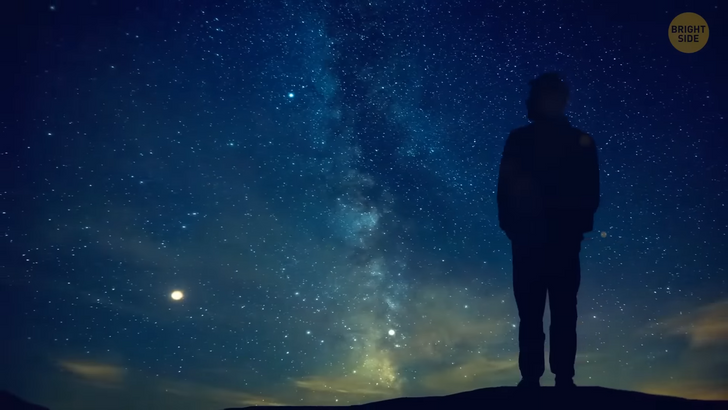
Here are some things that can help us in this research. First of all, gravitational waves. They’re like ripples in the fabric of spacetime, caused by the movement of massive objects. Albert Einstein predicted them way back in the 20th century, but they were finally detected only in 2015. We caught them by observing the collision of two black holes. This discovery confirmed that black holes can merge and that they’re a powerful source of gravitational waves. Scientists think that by studying these waves, they can learn more about how black holes form and grow.
Right now, they use a special space probe LISA to study them. By combining the information from LISA with other observations, scientists hope to learn more about these terrifying celestial objects. We can also try to detect quasi-stars by observing the effects of their gravity on nearby objects. It’s like trying to spot a criminal by their fingerprints. For example, if a black hole is located near a star, scientists can observe the star’s light being distorted as it’s pulled towards the black hole.
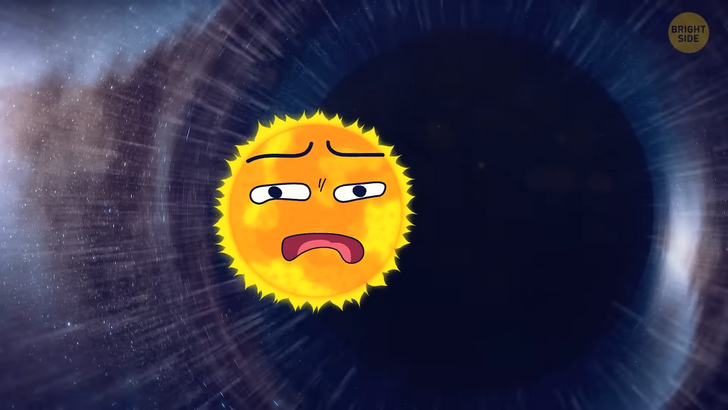
And, of course, we can use our technologies, such as X-ray, infrared, and radio telescopes. This allows us to study black holes in various ways and at different stages of their lives. In other words, scientists are working hard to uncover the secrets of these celestial giants. We develop new telescopes, search for primordial black holes, and try to understand the connection between black hole stars and dark matter. And we’re making some pretty incredible discoveries, just like with gravitational waves! All these things will bring us closer to uncovering the secrets of quasi-stars. And when we find out the truth about them, it will become a new page in our scientific history.











